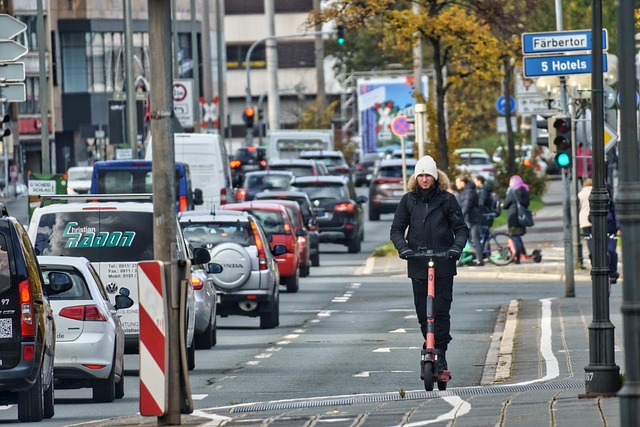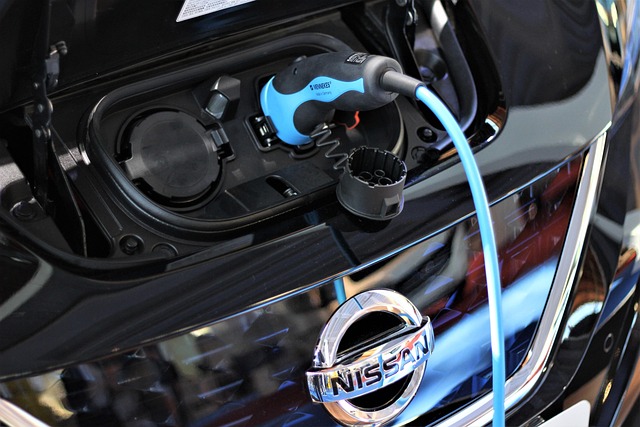The world today stands at a crucial crossroads in the fight against climate change, and nowhere is this dilemma felt more acutely than in rural communities. Transport systems historically favored urban populations, often leaving rural areas behind with limited access to sustainable mobility solutions. Here, we explore the potential of solar energy systems in revolutionizing rural transport and fostering sustainable development.
Sustainable Transport Solutions
Transport sustainability is more than just a buzzword; it signifies a transformative approach towards how we think about mobility. In rural regions, where traditional public transport options are scant, the reliance on fossil-fueled vehicles remains high. This not only contributes to environmental degradation but also increases the cost of living for rural residents. Solar energy systems present a beacon of hope, offering a clean, renewable energy alternative that can drive local transport networks.
Imagine solar-powered vehicles operating within a rural community—buses, e-bikes, and even solar rickshaws that reduce reliance on fossil fuels while providing affordable transport options. These solutions align perfectly with sustainability goals and can significantly cut down greenhouse gas emissions. At the same time, they promote cleaner air and healthier living conditions for rural populations.
Renewable Energy for Rural Development
Rural development is intrinsically linked to the availability of reliable transport systems. Access to markets, healthcare, and educational facilities often hinges on the ability to travel efficiently. By adopting solar energy systems, communities can ensure that their transport networks are not only sustainable but also economically viable. With the declining cost of solar technologies, investing in solar transport infrastructure has never been more feasible.
Moreover, solar energy systems can stimulate local economies. Installation of solar panels and solar-powered vehicles can create job opportunities, from technological training to maintenance services. Local entrepreneurs can leverage this technology for shuttle services, connecting remote communities with urban centers. Access to such transport options is vital for economic growth and enhances social inclusion, allowing residents to access services and job opportunities that were previously out of reach.
In addition to aiding economic development, solar-powered transport systems offer a holistic approach to social equity. When transport networks operate on renewable energy, they become more resilient to external shocks. Natural disasters and crises affecting fossil fuel supplies could cripple traditional transport systems, but solar energy-based solutions can operate independently, providing essential mobility in challenging times.
Furthermore, incorporating solar energy systems into rural mobility not only promotes sustainability but also addresses cultural and community values. Many rural areas have a strong sense of community and local identity that can be preserved through localized, renewable transport options. By enabling community-involved transport solutions—like community-based car-sharing or local ride services—residents can work together to create a sustainable future.
As we move into a future that prioritizes eco-friendly innovation, the marriage of solar energy systems and transport in rural areas emerges as an unequivocal pathway. Advocating for these solutions is not just about technology; it’s about creating a sentiment of pride and ownership within communities, and paving the way for future generations to thrive in harmony with nature.
In summary, the integration of solar energy systems in rural transport has the potential to overhaul mobility in ways that align with both sustainable practices and community empowerment. As we navigate these transformative pathways, it is essential to champion policies and initiatives that invest in this sustainable vision for rural development.



